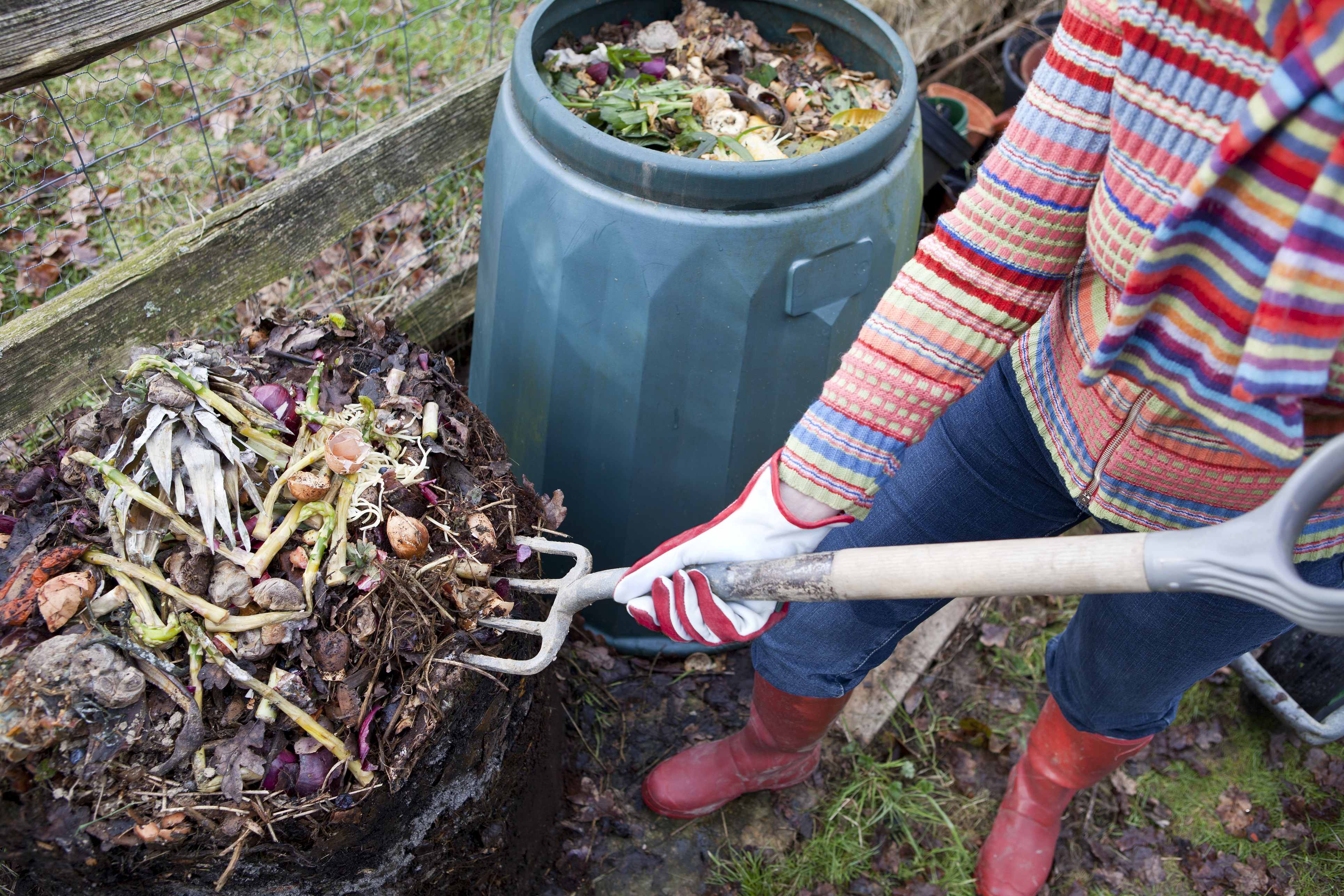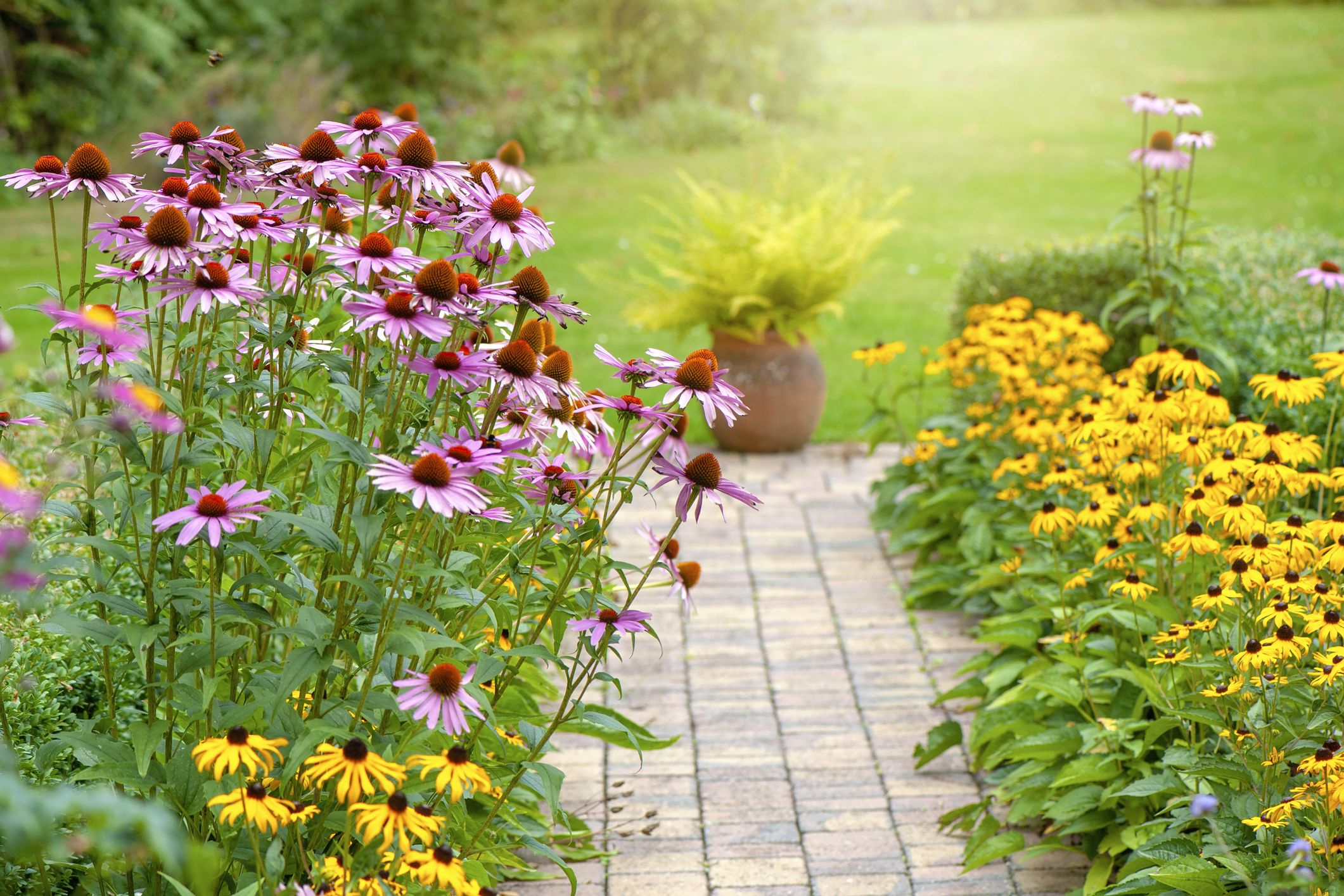How To Make Compost With Grass Clippings In Days
Composting is a great way to recycle organic materials and create nutrient-rich soil for your garden. Grass clippings are a perfect material for composting, as they are high in nitrogen, which is essential for plant growth.
To make compost with grass clippings in 30 days, you will need:
- A compost pile or bin
- Grass clippings
- Brown materials, such as leaves, shredded newspaper, or straw
- Water
- A pitchfork or shovel
Instructions:
- Choose a location for your compost pile or bin. It should be in a shady spot that receives some sunlight.
- Add a layer of brown materials to the bottom of the pile or bin. This will help to absorb excess moisture and add carbon to the compost.
- Add a layer of grass clippings.
- Continue alternating layers of brown materials and grass clippings until the pile or bin is full.
- Water the pile or bin thoroughly.
- Turn the pile or bin once a week to aerate it and help the materials break down.
- Keep the pile or bin moist, but not soggy.
- In 30 days, your compost should be ready to use!
Tips for Making Compost with Grass Clippings:
- Don't add grass clippings that have been treated with herbicides or pesticides.
- If your grass clippings are wet, let them dry out before adding them to the compost pile.
- If you have a lot of grass clippings, you can add them to a compost bin or pile in smaller batches.
- You can also add other organic materials to your compost pile, such as vegetable scraps, coffee grounds, and eggshells.
- If you live in a warm climate, your compost may be ready to use in as little as 2 weeks. If you live in a cold climate, it may take up to 6 months.
Compost Benefits:
- Compost is a natural fertilizer that can improve the quality of your soil.
- Compost can help to retain moisture in the soil, which can help your plants to grow healthier.
- Compost can help to suppress weeds and pests.
- Compost is a sustainable way to dispose of organic materials.
Conclusion
Making compost with grass clippings is a simple and easy way to improve the quality of your soil and help your plants to grow healthier. By following these simple instructions, you can have compost ready to use in just 30 days!
Grass clippings are a great source of nitrogen for your compost pile, but they can also be smelly and slow to decompose. If you're looking for a way to compost grass clippings quickly and easily, Home Gardening has a great resource for you.
Their website provides step-by-step instructions on how to create a compost pile for grass clippings, as well as tips on how to avoid common problems. They also have a forum where you can ask questions and get help from other composters.
So if you're ready to start composting your grass clippings, visit Home Gardening today!
FAQ of grass clipping compost
Can I compost grass clippings?
Yes, grass clippings are a great addition to your compost pile. They are a nitrogen-rich material that will help to balance out the carbon-rich materials in your pile. However, it is important to avoid adding grass clippings that are wet or that have been treated with herbicides or pesticides.
- How do I compost grass clippings?
There are many different ways to compost grass clippings. The simplest method is to create a backyard compost pile. Simply pile up your grass clippings, along with other organic materials such as leaves, vegetable scraps, and coffee grounds. Turn the pile every few weeks to aerate it and help the composting process along.
If you do not have space for a compost pile, you can also compost grass clippings in a bin or tumbler. These methods are more compact and take up less space, but they may require more frequent turning.
- How long does it take to compost grass clippings?
The time it takes to compost grass clippings depends on a number of factors, including the size of your pile, the type of materials you are composting, and the climate you live in. In general, it takes about 2-4 months to compost grass clippings in a backyard compost pile. However, it may take longer in cold climates or if you are composting a small amount of material.
- What can I use composted grass clippings for?
Composted grass clippings can be used to improve the quality of your soil. They add nutrients and organic matter to the soil, which can help to improve drainage, aeration, and water retention. Composted grass clippings can also be used to mulch around plants, which can help to suppress weeds and retain moisture.
- What are some tips for composting grass clippings?
Here are some tips for composting grass clippings:
* Avoid adding grass clippings that are wet or that have been treated with herbicides or pesticides.
* Add grass clippings to your compost pile in a thin layer.
* Turn your compost pile every few weeks to aerate it and help the composting process along.
* If you are composting in a bin or tumbler, make sure to add some water to the material if it becomes too dry.
* Be patient! It takes time to compost grass clippings.
Image of grass clipping compost
- A pile of grass clippings in a compost bin. The clippings are brown and green, and they are slightly moist. There are a few leaves mixed in with the clippings.

- A close-up of grass clippings in the compost bin. The clippings are a mix of green and brown, and they are mostly dry. There are a few small twigs and leaves mixed in.
- A compost pile made from grass clippings and other organic materials. The pile is about 3 feet high and wide. The grass clippings are brown and green, and they are mixed with other materials, such as leaves, twigs, and food scraps.
- A person turning a compost pile with a pitchfork. The compost pile is about 3 feet high and wide. The person is turning the pile to help aerate it and speed up the composting process.

- A finished compost pile. The compost is dark brown and crumbly. It has a rich, earthy smell.

- A gardener using compost to fertilize her plants. The gardener is spreading the compost around the base of a plant. The compost will help to improve the soil quality and help the plant to grow.

- A tomato plant growing in soil that has been amended with compost. The tomato plant is healthy and green. The leaves are large and dark green. The tomatoes are starting to turn red.

- A flower bed that has been planted with flowers that love compost. The flowers are all healthy and blooming. The soil is dark brown and crumbly.

- A sign that says "Compost: Free to good home." The sign is placed next to a compost bin. The bin is full of grass clippings and other organic materials.
- A person carrying a bag of compost. The person is smiling and looks happy to be carrying the compost. The compost is dark brown and crumbly.

Post a Comment for "How To Make Compost With Grass Clippings In Days"